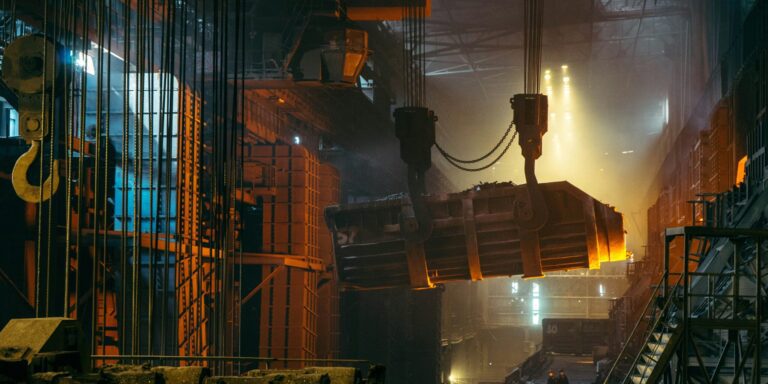President Donald Trump’s recent decision to double tariffs on steel and aluminum imports to 50% has ignited significant global trade tensions, prompting strategic reassessments among international partners and industries.
Announced during a rally at U.S. Steel’s Irvin Plant in Pennsylvania on May 30, 2025, the tariff increase is set to take effect on June 4. Trump justified the move as a measure to bolster the U.S. steel industry and protect national security interests. “We’re going to bring it from 25% to 50%—the tariffs on steel into the United States of America—which will even further secure the steel industry in the United States,” he stated.
The United Kingdom, despite a recently announced trade agreement with the U.S., faces potential economic fallout as its steel exports remain vulnerable. UK officials are advocating for urgent activation of agreed carve-outs to protect their industry. Meanwhile, the European Union and countries like Canada and Japan have expressed concerns, with the EU threatening retaliatory measures if a negotiated solution isn’t reached by mid-July.
U.S. officials defend the tariff increase on economic and national security grounds, aiming to counter China’s dominance in the steel sector. However, critics argue that the move could disrupt global supply chains and hinder ongoing trade negotiations. The European Commission stated, “This decision adds further uncertainty to the global economy and increases costs for consumers and businesses on both sides of the Atlantic.”
The announcement has also impacted financial markets. Steel stocks surged, with companies like Cleveland-Cliffs and Nucor experiencing significant gains. Conversely, automakers such as Ford and General Motors saw their shares decline, reflecting concerns over increased production costs.
As the global community reacts to the U.S.’s tariff escalation, the move underscores the complexities of balancing domestic economic policies with international trade relations. The coming weeks will be critical in determining whether diplomatic negotiations can mitigate the potential for a broader trade conflict.


